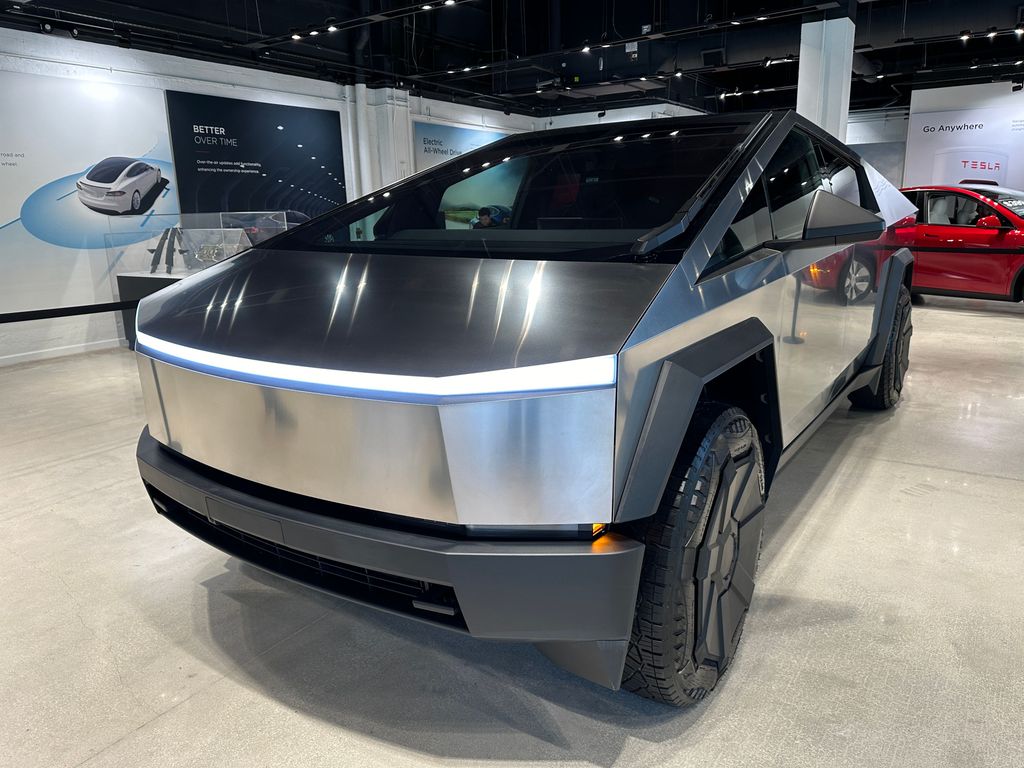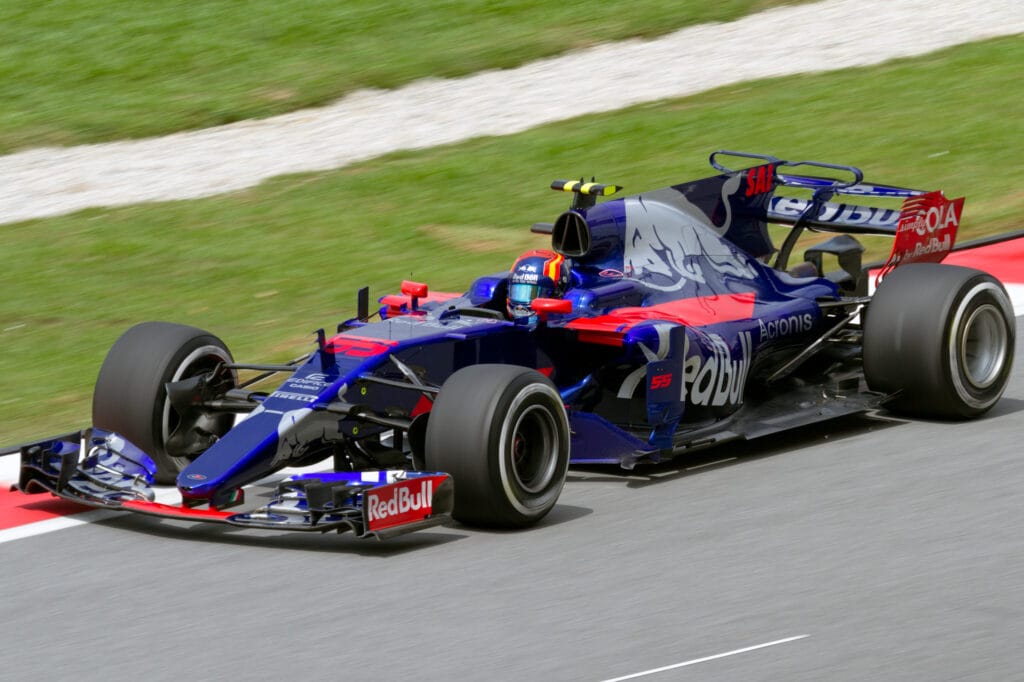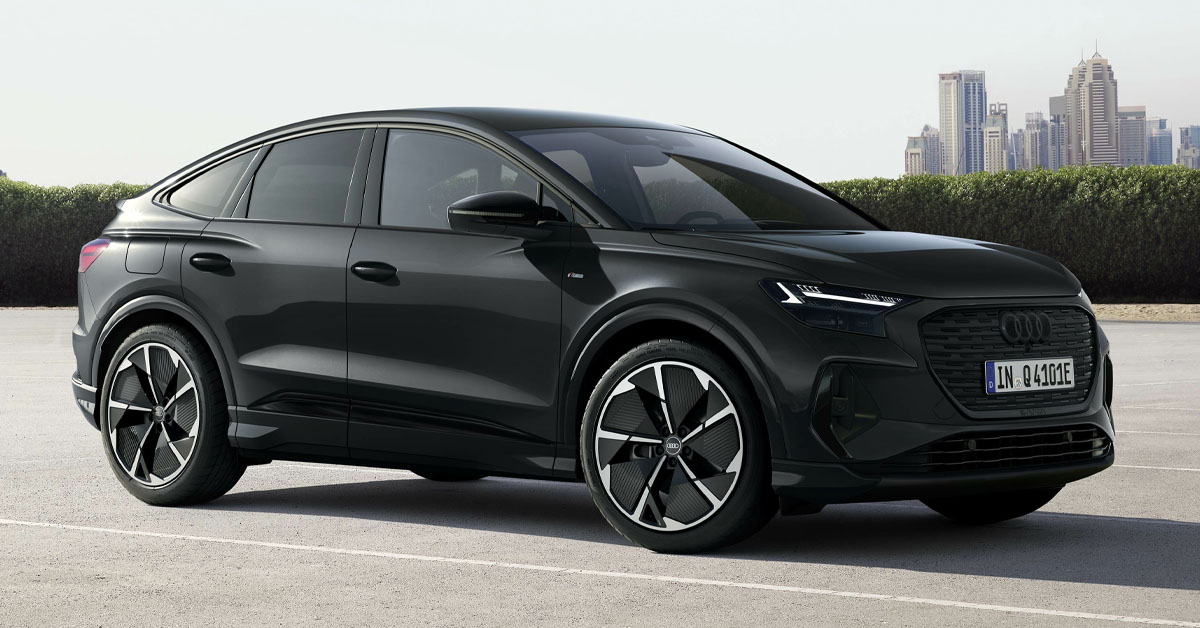
When consumers invest in a new or even a nearly new vehicle, the fundamental expectation is that it will serve reliably for a substantial period, justifying the significant financial outlay. Unfortunately, this expectation often clashes with reality for owners of certain models, which have earned reputations for expensive and premature problems. These issues frequently manifest well before the odometer even reaches the 100,000-mile mark, let alone the 120,000-mile threshold, transforming what initially seemed like a sound purchase into a relentless financial nightmare.
For many, the distinction between routine maintenance costs, such as oil changes or brake pad replacements, and the sudden shock of major component failures—like an engine seizing or a transmission requiring complete replacement—is critical. The latter can pile up repair bills faster than owners can manage, leaving them with the full burden of thousands of dollars in expenses, especially after manufacturer warranties have expired. This scenario isn’t just about the monetary loss; it represents a profound breach of trust in a product that should have offered far greater dependability.
In an era where car prices and maintenance costs have seen substantial escalation, exercising caution before making a vehicle investment has never been more vital. This comprehensive guide, informed by expert experience, highlights 15 vehicles that are notorious for becoming financial traps long before many drivers expect. By breaking down the specific issues that make these cars a risky proposition, we aim to provide a crucial warning for buyers committed to avoiding a continuous cycle of costly repairs and preserving their financial well-being.
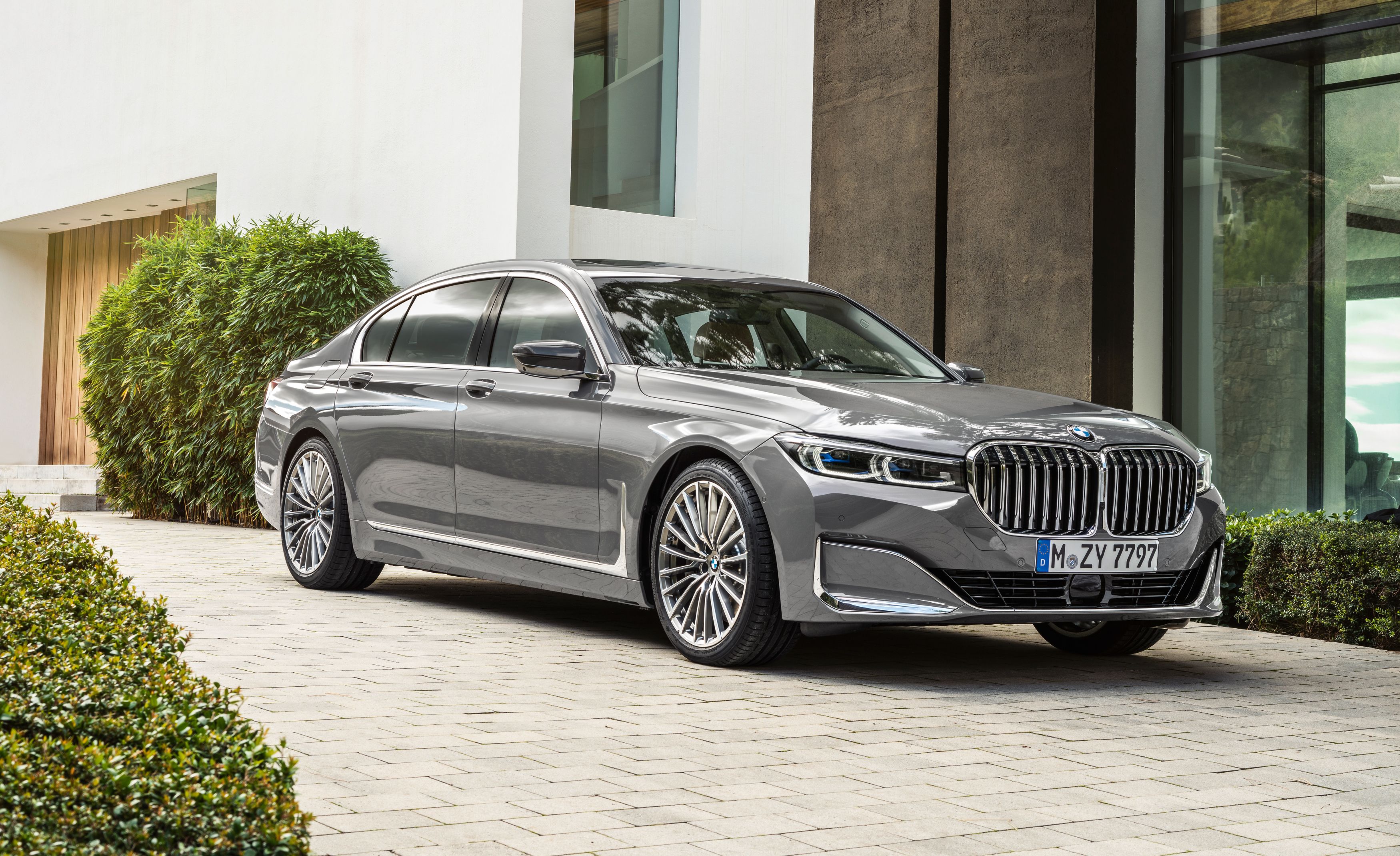
1. **BMW 7 Series (E65/E66, 2002–2008)**The BMW 7 Series has consistently stood as the pinnacle of its brand, embodying luxury, advanced technology, and performance. However, the models produced between 2002 and 2008 in the E65/E66 generation are widely recognized for their capacity to exhaust owners’ finances long before reaching 100,000 miles. Many of the sophisticated features that initially drew buyers to these sedans ultimately become the very source of their substantial long-term ownership costs.
A prime example of this is the iDrive system. While revolutionary at its introduction, this complex infotainment interface is notoriously susceptible to failure, demanding costly repairs or outright replacements. Beyond the iDrive, a myriad of electrical issues pervades these vehicles, ranging from malfunctioning sensors to control modules that necessitate replacement much earlier than would typically be expected in a premium automobile.
Perhaps one of the most alarming and expensive problems concerns the transmission system. Owners have frequently reported complete transmission failures appearing as early as 70,000 miles, with replacement costs often running into several thousand dollars. Furthermore, the V8 engines utilized in this generation are prone to significant issues including persistent oil leaks, valve stem seal failures, and in severe instances, total engine failures. These aren’t isolated incidents but rather common occurrences that have placed these 7 Series models on reliability watch lists.
Compounding the financial strain, many of these critical repairs demand highly specialized tools and expertise, limiting options to BMW dealerships or high-end specialist shops. Even routine tasks, such as battery replacements or programming new keys, can incur hundreds of dollars in expenses. Buyers often acquire these vehicles on the used market, enticed by their significantly lower resale prices, only to quickly discover that the initial bargain is overshadowed by a rapid accumulation of hidden expenses. Ultimately, while offering a luxurious ride, the BMW 7 Series from this era frequently imposes a heavy financial burden, often leaving owners with repair bills so substantial that the car becomes uneconomical to maintain on the road.

2. **Range Rover (2003–2012)**Few vehicles command the same level of prestige and status as a Range Rover, yet for models produced between 2003 and 2012, this elite reputation is often accompanied by an astonishingly high price in terms of ownership costs. These specific Range Rover generations are infamous for a litany of mechanical and electrical issues that typically surface long before the 100,000-mile mark. Buyers are often drawn in by the promise of an unparalleled blend of luxury and off-road capability, only to find themselves making endless, expensive trips to the repair shop.
One of the most pervasive and costly problems is the failure of the air suspension system. When this sophisticated system inevitably malfunctions, the combined bill for parts and labor can easily exceed $3,000, presenting a significant financial hit. Electrical gremlins are also rampant, affecting nearly every part of these luxurious vehicles. Common complaints include failures of the infotainment units, power seats, and window regulators, among many others.
These electrical issues are rarely isolated; they often occur in a cascade, creating an overwhelming avalanche of expenses. Beyond the complex electronics, the transmission stands out as another critical weak point. Numerous owners have reported complete transmission failures occurring between 60,000 and 90,000 miles, with replacement costs frequently falling within the daunting $5,000 to $7,000 range. The V8 engines employed during these years are far from robust, with oil leaks, coolant system failures, and timing chain problems often appearing much sooner than anticipated. When these mechanical woes are combined with the vehicle’s already poor fuel economy, the overall ownership costs spiral rapidly out of control.
Even seemingly straightforward maintenance items, such as brake replacements, cost significantly more than on most other SUVs, a direct result of the premium parts and specialized labor involved. What makes the situation even more dire for owners is the dramatic depreciation in resale value once these vehicles begin to develop issues. Many used Range Rovers can be found at surprisingly low prices precisely because of their well-documented history of expensive failures. For a considerable number of owners, the Range Rover’s allure fades long before the 100,000-mile point, leaving them with a vehicle that costs far more to maintain than its actual worth.

3. **Chrysler Sebring (2007–2010)**The Chrysler Sebring, initially positioned as an affordable midsize sedan, regrettably became one of the most financially demanding vehicles of its time. While it lacked the luxury pedigree of a BMW or Range Rover, the Sebring serves as a stark illustration of how even a seemingly budget-friendly car can financially devastate its owners with a relentless barrage of repairs and premature component failures. Its reputation for unreliability solidified its status as a vehicle to be approached with extreme caution.
Most significant concerns revolved around the engine options available during this production period, particularly the 2.7-liter V6. This specific engine is plagued by a notorious history of oil sludge buildup, a condition that frequently culminates in catastrophic engine failures, often occurring well before the 100,000-mile mark. Even owners who meticulously adhered to recommended maintenance schedules often found themselves facing the prospect of blown engines, with replacement costs that frequently far exceeded the vehicle’s actual market value.
Transmission problems were equally pervasive across these models. Common issues included harsh shifting, persistent slipping gears, and outright premature failure, often necessitating complete transmission replacements. The expense of repairing or replacing the transmission in a Sebring could amount to several thousand dollars, a staggering bill that few expected from a sedan marketed as an economical family car. Adding to the vehicle’s woes, electrical issues were widespread, ranging from malfunctioning instrument clusters to persistent problems with power windows and door locks. Owners often found themselves engaged in a continuous battle against one electrical fault after another.
The interior quality of the Sebring also proved to be a source of considerable frustration. The use of inexpensive materials meant that components wore out rapidly, and features like seat mechanisms and trim pieces frequently broke. While cosmetic issues do not directly impact a car’s drivability, they significantly contribute to the overall impression of owning an unreliable vehicle. Coupled with its dismal resale value, many Sebring owners felt ensnared in a perpetual cycle of spending more on repairs than the car was actually worth. Unlike many vehicles in its segment that can effortlessly surpass 150,000 miles with proper care, the Sebring often struggled to reach 100,000 miles without encountering major and costly setbacks, cementing its reputation as a financial liability on the used market.

4. **Audi A8 (2004–2010)**The Audi A8 from the mid-2000s was meticulously engineered to rival top-tier luxury flagships such as the Mercedes S-Class and the BMW 7 Series. Indeed, it delivered a sophisticated design, an array of high-end features, and cutting-edge technology for its era. However, the opulent driving experience was frequently overshadowed by prohibitive ownership costs that materialized surprisingly quickly. A fundamental issue lies within its intricately designed all-wheel-drive system, which is often paired with an equally complex air suspension. These critical components frequently experience premature wear, often failing well before the 100,000-mile threshold, and their repair or replacement is neither straightforward nor affordable.
Suspension repairs alone can easily surpass the $4,000 mark, and when combined with potential drivetrain problems, the financial obligations can escalate dramatically. The transmission in these A8 models represents another widely recognized weak point. Failures or the onset of harsh shifting can emerge as early as 70,000 miles, with complete replacement costs frequently exceeding what many buyers anticipate spending on an entire used luxury vehicle. Electrical malfunctions are also a pervasive concern. Owners routinely face issues ranging from malfunctioning infotainment systems to erratic sensors and persistent warning lights, often leading to repeated trips to specialized repair shops for problems that seem to defy permanent resolution.
The powerful engines themselves, while delivering impressive performance, introduce their own set of challenges. The timing chain system, for instance, is strategically located at the rear of the engine, transforming even routine maintenance procedures into an expensive and labor-intensive undertaking. Additional headaches include oil leaks, failures within the coolant system, and significant carbon buildup in the intake system. While these engine-related issues may not always culminate in a total engine failure, they invariably necessitate a series of costly and repeated interventions to keep the vehicle operating correctly.
A significant factor exacerbating the financial burden of owning an A8 is its rapid depreciation. Buyers are often enticed by the seemingly affordable prices of these once-exorbitant cars on the used market, only to quickly understand the underlying reasons for their dramatic value drop. Few mechanics outside of highly specialized Audi shops possess the necessary expertise and tools to address the vehicle’s inherent complexity, ensuring that labor rates remain prohibitively high. When combined with the imperative for premium replacement parts, the Audi A8 undeniably becomes a substantial financial drain far sooner than expected. For many unfortunate owners, the initial allure of luxury quickly fades, replaced by a relentless succession of bills that transform the car from a joy to drive into an undeniable liability.
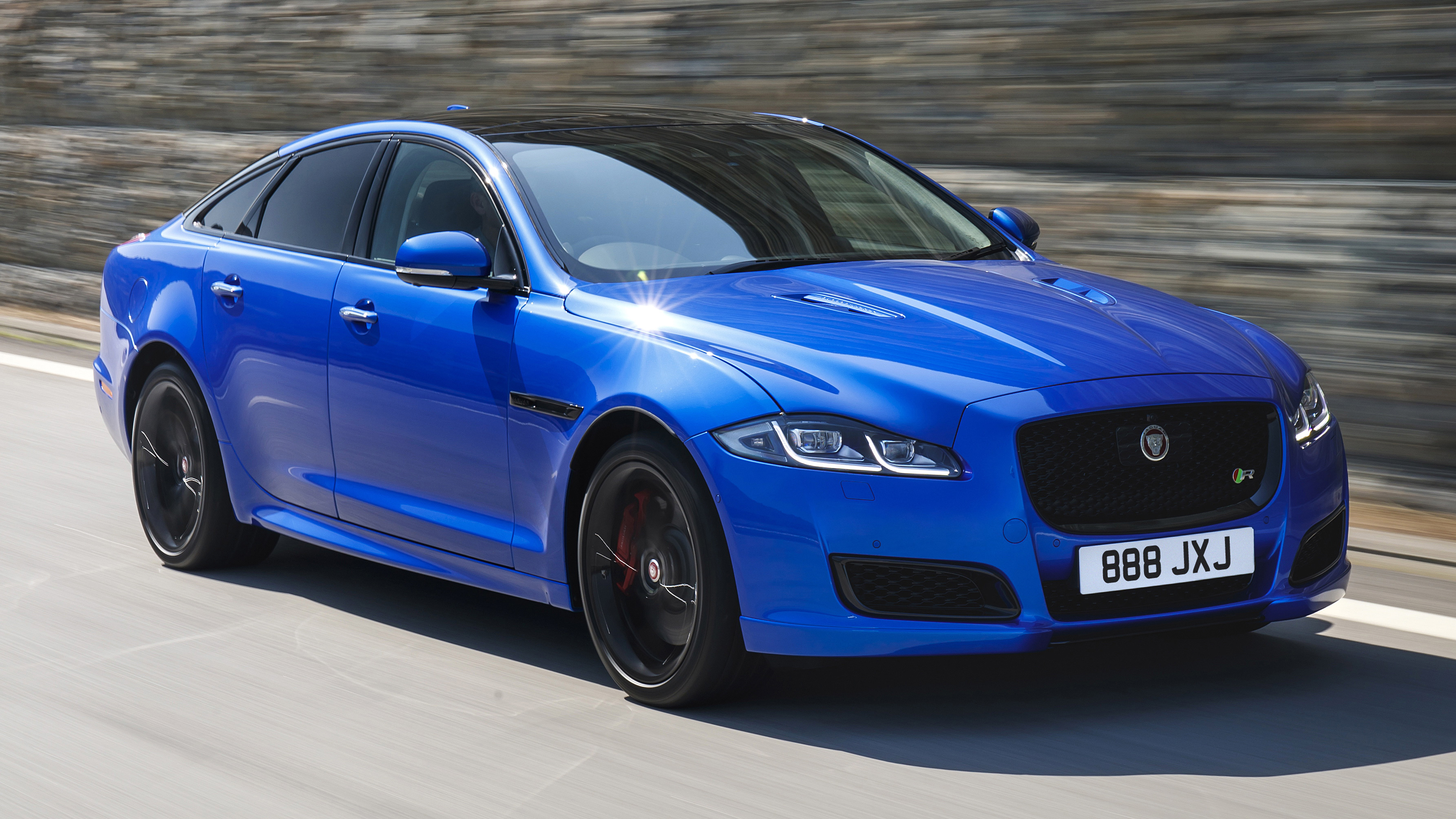
5. **Jaguar XJ (2003–2009)**For decades, the Jaguar XJ has been a symbol of refined British elegance and automotive prestige. However, the generation produced between 2003 and 2009 proved to be an exceptionally costly endeavor for owners striving to maintain its smooth operation, often before the vehicle even reached 100,000 miles. Despite its innovative aluminum body structure, which was advanced for its time, the car’s overall reliability was far from robust. Air suspension failure stands out as one of the most prevalent issues, and repairs to this critical system are almost invariably expensive, frequently surpassing the $3,000 mark. Given the suspension’s direct impact on the vehicle’s handling and ride comfort, neglecting these repairs is simply not a viable option for owners.
The engines, particularly the V8 units from this era, were another significant source of anguish. These powerplants were plagued by widespread timing chain tensioner failures and various cooling system malfunctions. A catastrophic tensioner failure could, and often did, lead to severe engine damage, sometimes occurring well before 80,000 miles. When repair was even feasible, it was incredibly costly, and in many instances, a complete engine replacement could easily push repair bills into the daunting five-figure territory. Moreover, cooling system leaks, frequently originating from plastic components, were a common problem that could lead to engine overheating and subsequent severe damage if not promptly addressed.
Electrical issues also made a substantial contribution to the XJ’s high ownership costs. The complex electrical system often failed in frustrating and unpredictable ways, encompassing dashboard malfunctions, faulty sensors, and problems with the climate control system. These repairs were rarely inexpensive, and securing replacement parts was not always a straightforward process. While not as universally prevalent as the engine or suspension problems, transmission issues still appeared frequently enough to introduce yet another layer of expense for unlucky owners.
Further complicating matters for the Jaguar XJ was its considerable depreciation in resale value. Although undeniably stylish and luxurious when new, these vehicles depreciated heavily once their growing reputation for costly repairs became widely known throughout the market. Owners often found themselves in the unenviable position where the accumulating repair bills ultimately surpassed the current market value of the car. Despite its inherent charm and luxury, the Jaguar XJ from this period is widely remembered by many as a vehicle that inflicted significant financial pain long before it achieved the kind of mileage that other sedans typically handle with ease. For prospective buyers tempted by attractively low used prices, the potential risks far outweighed any perceived rewards.

6. **Mini Cooper S (2007–2011)**The Mini Cooper S is widely celebrated for its distinctive, quirky design and its exhilarating, fun-to-drive character, offering a unique blend of sportiness and charm. However, for a significant number of owners of the 2007–2011 models, the experience often devolved into a torrent of overwhelming repair bills long before the car reached the 100,000-mile mark. The primary culprit behind these financial woes was the turbocharged engine, which suffered from widespread and well-documented issues concerning the timing chain tensioner. Initially, a failing tensioner might manifest as rattling noises, but if left unaddressed, this critical component failure frequently led to catastrophic engine damage, rendering the vehicle inoperable.
Replacing the intricate timing chain system was already a costly endeavor, but a complete engine replacement, which was often necessitated, could incur bills that frequently exceeded the total market value of the car itself. Another notoriously problematic area was the water pump and its associated thermostat housing, components that demonstrated a clear tendency to fail far earlier than expected. These cooling system defects often resulted in engine overheating, which, if not promptly rectified, could cascade into further and more severe engine damage. Owners also routinely complained about significant carbon buildup on the intake valves, a common issue in many direct-injection engines of the era. This particular problem required labor-intensive and therefore expensive cleaning procedures, adding yet another substantial maintenance task to the car’s ownership ledger.
Transmission failures were also a frequent occurrence, particularly affecting automatic versions of the Mini Cooper S. Some automatic units would fail considerably before the 80,000-mile mark, saddling owners with repair bills that could sometimes reach as high as $5,000. Furthermore, electrical issues consistently added to the growing list of expenses. Problems included malfunctioning power windows, unreliable central locking systems, and faulty sensors. Even what might seem like basic maintenance tasks often proved more costly than anticipated, largely due to the Mini’s compact and complex engine bay design, which made labor significantly more intensive.
Many buyers were initially drawn to the Cooper S by its attractive entry price on the used market and its promise of sporty handling. However, the harsh reality of ownership often proved to be a sobering experience. Resale values for these models plummeted sharply once their pervasive reliability issues became widely known, leaving owners with vehicles that were frequently not even worth the cost of the necessary repairs. While the Mini Cooper S undoubtedly delivered a fun and engaging driving experience, it also became synonymous with some of the most financially painful ownership experiences, especially when unexpected costs began to pile up well before the 100,000-mile milestone.


